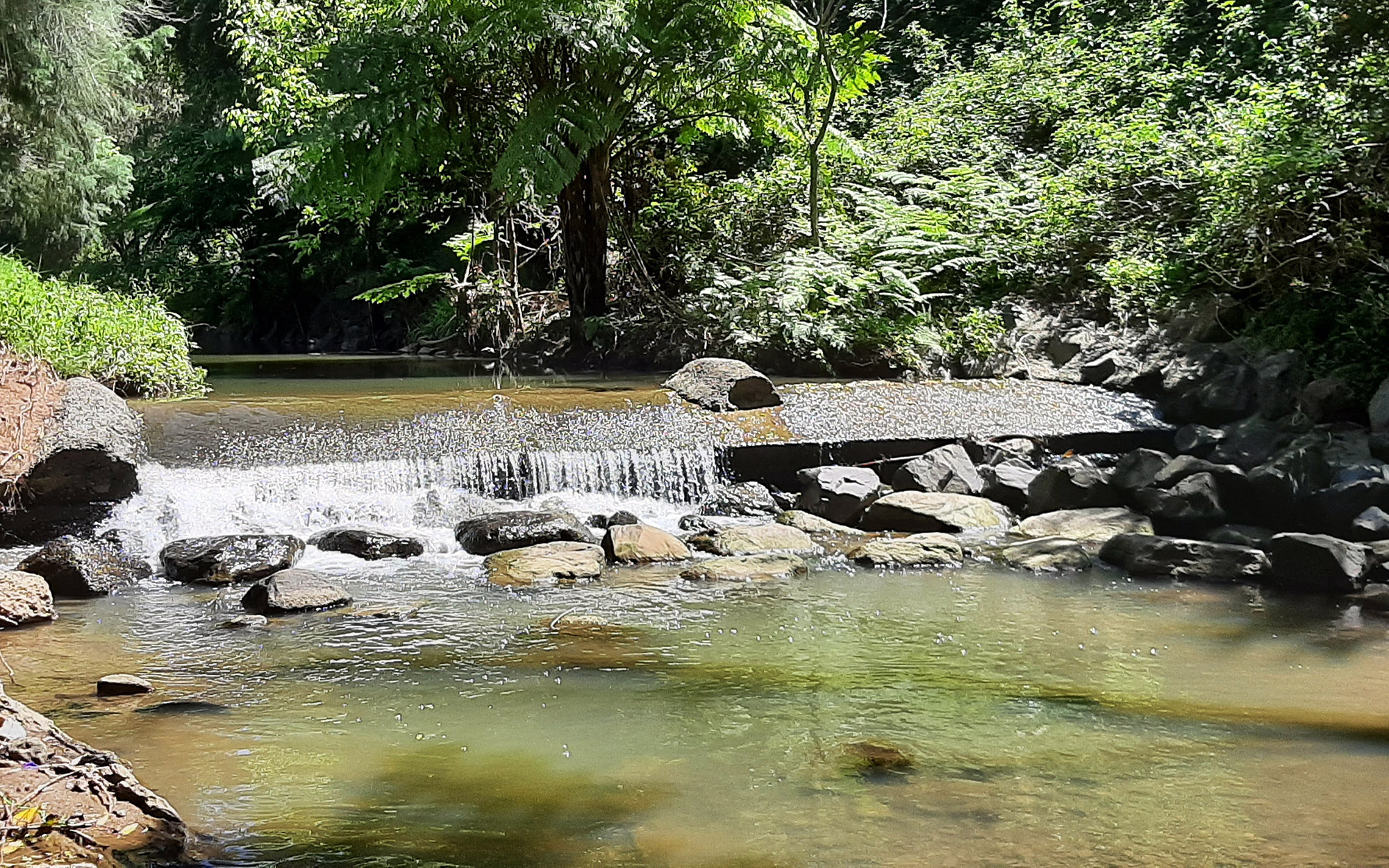Regulated
The actual environmental flow rules in the water sharing plans for the regulated rivers vary from valley to valley, depending on which of the above objectives were considered most important for that valley. Management rules in regulated river systems have a lot of flexibility because of the ability of the major storages to provide for environmental flow management. Therefore rules may include controls on extractions under certain conditions as well as management of dam releases. The range of rules which apply are set out in the table below. Changes to the rules for regulated valleys may occur as part of the revision of Water Sharing Plans for 2019.
| Environmental flow rules in the regulated rivers | Purpose | Valleys where rule applies |
|---|---|---|
| Extraction limit | Sets a limit on the long term average annual volume of water that can extracted, thus protecting the major share of water for the environment. | All regulated rivers |
| End-of-system flow | Requires a flow to be retained at the end of the river system. This ensures that flow is maintained below the areas of major extraction. |
Belubula Namoi Murrumbidgee Hunter Paterson |
| Transparent dam release | Requires all dam inflows occurring at certain times to be passed immediately downstream, as though no dam was present. This maintains natural flow variability for that part of the year (usually the winter months) when dam releases would otherwise be minimal. | Murrumbidgee |
| Translucent dam release | Requires a proportion of dam inflows occurring at certain times to be passed immediately downstream. This restores the natural flow variability associated with specific flow ranges, usually freshes and minor floods. |
Lachlan Macquarie Murrumbidgee NSW Border Rivers |
| Limits on taking high flows | Limits pumping when the dam spills or high flows enter the regulated river from unregulated tributaries. This protects either some or all of these naturally occurring high flows which are important for flooding of wetland areas. |
Belubula Gwydir Hunter Paterson Macquarie NSW Border Rivers |
| Limits on taking low flows | Limits pumping from lower flows that enter the regulated river from unregulated tributaries. This ensures that sufficient water is retained in the river for the environment. | Gwydir |
| Supply minimum flows downstream of dam | Minimum release to maintain continuous low flow in the section of river immediately downstream of the dam wall. |
Murrumbidgee NSW Border Rivers |
| Environmental water allowances or releases | Creates a 'bank' or volume of water stored in the dam which can be released for specific environmental purposes, such as flushing blue-green algal blooms, reducing salinity or supporting bird breeding or fish spawning events. |
Gwydir Macquarie Lachlan NSW Murray Murrumbidgee Hunter NSW Border Rivers Paterson Peel |
Unregulated
Flows in unregulated rivers can only be protected through controls on extraction. In most unregulated rivers, it is during drier periods when flows are naturally low that there is generally greatest concern for the health of the river. This is when pools contract, water quality deteriorates rapidly, algal blooms occur, oxygen levels decline and fauna compete for the reducing food supplies. The water sharing plans for the unregulated rivers therefore require licence holders to stop pumping when the river flow falls below a certain level, referred to as cease to pump (CtP) rules. In addition many of the plans set limits on how much water can be taken from different flow ranges or classes. Additional measures including daily extraction limits are being considered for unregulated systems such as the Barwon-Darling.
